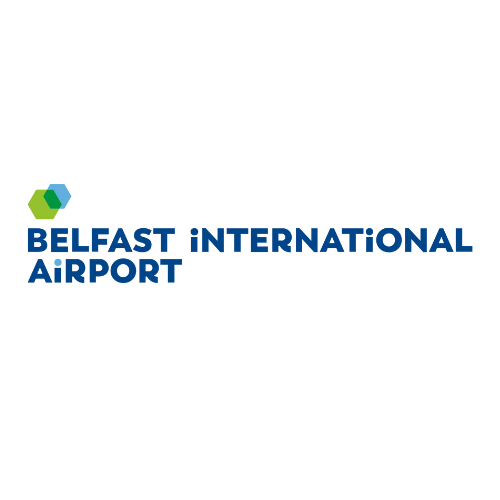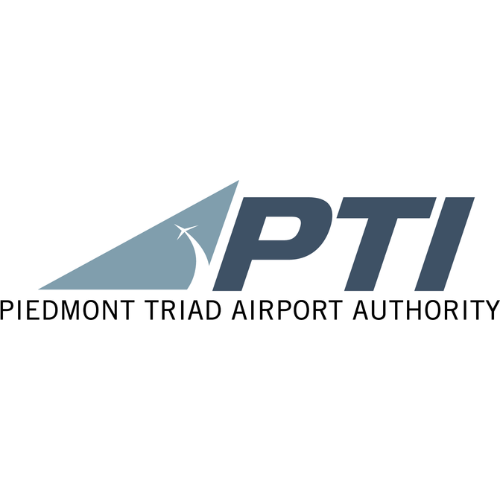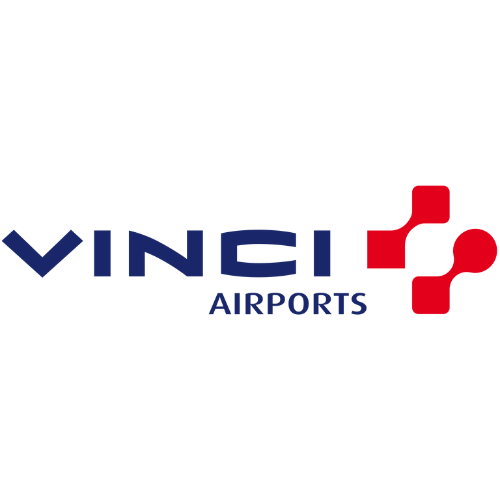If there’s one thing an airport can’t survive without, it’s passengers. So when the pandemic struck and passengers were confined to their homes, it’s no surprise that airports’ revenues plummeted during this time.
The beginning of 2023 saw a resurgence in travel with an estimated 235 million international travellers worldwide in just the first quarter — more than twice the number during the same months of 2022. In this recovery period, airports face the dual challenges of reducing costs and regaining lost revenue, while also working to rebuild passenger confidence in air travel, attracting them back to the airport, and motivating them to spend.
To improve the passenger experience and sustain revenue growth, airports must actively integrate scalable digital technologies that align with travellers’ needs and the airport’s long-term growth.
Here we will look at how some airports around the world are leading the way with a positive passenger experience.
1. Create a positive passenger experience by prioritising passengers
Hamburg Airport looks at the airport journey from a passenger perspective to see where to improve the travel experience for passengers.
“One area we’re looking to improve is cross-functional data links for check-in, security and boarding,” said CEO Michael Eggenschwiler at the International Airport Review Online Summit. “We will have to work together as an industry in the interest of the passenger because the passenger doesn’t understand why they need to show their passport five times before they board or their vaccination status five times when they land. We need a common-sense approach in view of how the passenger sees it, and that is something we’re challenged with as we look ahead.”
Another way to prioritise passengers is to optimise airport space for what passengers want. Interestingly, 72% of travellers say there is too much retail in the airport. So consider — or even ask them — what they want to see at the airport. Perhaps business travellers would benefit from meeting room hire or co-working space? Or, as Dr Michael Kerkloh (Former President & CEO of Flughafen München GmBh) at the IAR Summit suggested, how about using the airport as a stage for local brands?
2. Adopt measures to keep passengers safe and healthy
The pandemic sparked a lot of change our behaviours and priorities, and airports must revisit any planned investments and strategies to ensure they align with the post-pandemic passenger needs.
For most passengers, sustainability and safety at the airport are two of the biggest concerns to come out of the pandemic. As Nazareno Ventola, CEO & MD of Bologna Guglielmo Marconi Airport, explained at the Summit, “We know the world is different, priorities have changed. In Europe, the awareness of the fact that our aviation business needs to be sustainable as a whole is something that was accelerated by the pandemic. From a passenger’s point of view, we know that they will be much more safety-conscious than before. This awareness is there to stay as it was for security after 9/11. There’s a new dimension of travel that will stay for the next 10-20 years at least, so we have to address the issues for passengers and our stakeholders. The ecosystem is changing, and we must be proactive and propose different solutions.”
3. Invest in disruptive technology and digital transformation to lead the way with improving passenger experience
Passengers at an airport are at the beginning of a journey, and there is an excellent opportunity to use disruptive technology and digital transformation to reinvent the post-pandemic passenger experience and make it even more exciting than it was.
COVID-19 did undoubtedly prompt a faster uptake of technologies such as biometrics and virtual queuing. It forced airports to rapidly adopt better design and technology features that may have otherwise taken years to implement.
Examples of some of the key technologies disrupting the airport industry include:
- Contactless airport technology such as fast-track e-tickets and virtual queuing anywhere in your airport to reduce passenger wait times
- Biometric systems that streamline passenger flow and increases efficiency while maintaining high security standards
- Airport ecommerce integrations that sell flights, hotels, holidays, and all travel ancillaries in a single basket for holiday booking convenience
- Robotics and automation including contactless customer service technology like AI chatbots
- Passenger analytics using data collected from all touchpoints to help airports get to know their passengers and make better passenger-centric decisions
Implementing virtual queues can deliver an increase in non-aeronautical revenue for airports — a direct step towards the goal to increase revenue while improving the passenger experience.
“In a data-driven airport, for data-driven decision making, it is totally necessary to have reliable data,” said Federico Cabrera, Airport Operations and Customer Experience Manager at Carrasco International Airport, at the IAR Online Summit. “So for various processes at the airport, we started with measurements of waiting times and queues. Then with our digital strategy, we focused on reducing waiting times in our hot spots, like the pre-security checkpoint, passport control, boarding gates, and arrivals.”
The result? With 30 minutes waiting time, sales in stores located right after dropped by between 30% and 50%. When the waiting time was reduced by up to 10 minutes through digital strategies, these same stores reached maximum sales.
“Digitalisation must be one of the pillars of airport strategies for the next few years to enable us to be more flexible and more adaptive to business evolution,” said Nazareno Ventola (Bologna Guglielmo Marconi Airport) at the IAR Online Summit.
There are many benefits of digital transformation for airports, especially in terms of improving passenger satisfaction, efficiency and revenues, but there are also various challenges that airports must overcome — which is why it’s so important to have a forward-thinking airport technology partner like Rezcomm.
4. Tap into unused resources
With airports under increased pressure to drive revenue while keeping costs to a minimum, it’s essential to tap into unused resources to create a positive passenger experience.
Experiential retail is one example of how you can improve the passenger experience and increase customer satisfaction. Many airports are now digitising the airport retail and duty-free experience and fusing it with ecommerce to make it more seamless, attractive and enjoyable for passengers.
Similarly, we are seeing an increasing number of airports diversifying food and beverage offerings to accommodate the post-pandemic traveller. Enabling passengers to pre-book their food and beverage orders through the airport’s ecommerce website or app prevents lengthy queues, optimises dwell time, and with the addition of gate delivery, makes for a positive experience that is sure to win passengers’ loyalty.
It’s worth considering any services and resources that can be bundled together as a reimagined VIP passenger package to create a luxury airport experience. For instance, valet parking, bundled with contactless fast track tickets and an airport lounge reservation, offers a seamless, luxury airport experience that passengers will be willing to pay more for.
While these ideas are sure to get the creative juices flowing, we appreciate that airports are under increased pressure to keep costs to a minimum.
5. Secure stakeholder buy-in
Here at Rezcomm, we champion the benefits of disruptive technologies and digital transformation in evolving and enhancing the passenger experience. But we also understand how tricky it can be to get all stakeholders on board.
As Nazareno Ventola (Bologna Airport) said at the IAR Summit, there is a need to “grow better and in a more harmonic way with shareholders and stakeholders,” highlighting the importance of a more collaborative approach to change and innovation at the airport.
Involving stakeholders early on, demonstrating how digital innovations can achieve the three e’s (earnings, efficiency and passenger experience) and proving the sustainability of digital technologies are all essential to securing stakeholder buy-in.
6. Create a positive passenger experience with Rezcomm
From airport ecommerce and reservations, to safe and seamless queueless journeys, we have the tech to help you put your airport passenger first. But that’s not all we have to offer. Partner with Rezcomm to benefit from our wealth of industry knowledge, data and experience and take your airport operations to the next level. Book a meeting, or speak to our team to get started.



























